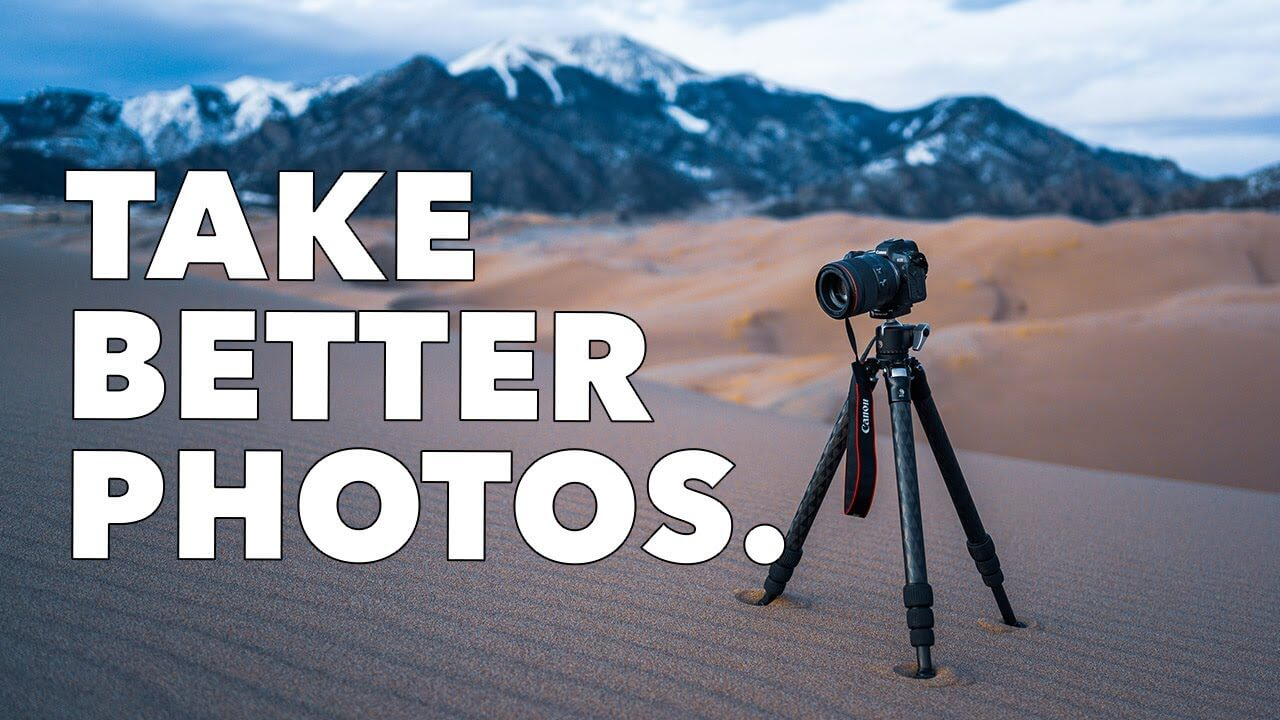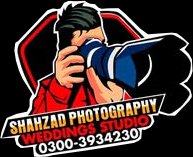How to Choose the Best Camera for a Bridal and Groom Photoshoot in Pakistan


The selection of a camera for the bride and groom photoshoots is one of the most important decisions a photographer will ever make, especially in a country full of cultural diversity, like Pakistan. A wedding photoshoot captures the essence of one of the most important days in the life of a couple, and crisp, dynamic, and unforgettable snapshots are what are considered important. Camera choice can make the difference in final results, but how would one choose what type of camera will be best for capturing the special moment of one’s life? This article covers how to select a perfect camera in general for Bridal and Grooms Photoshoots around Pakistan.
Before getting into minute details of specifications and features, first, one needs to know the very nature of bridal and groom photoshoots. Pakistani wedding is a great affair; in fact, every single thing consisting of a marriage has minute elaborations to them, right from elaborately designed clothes to fun-filled get-togethers of close families.
It’s not just a couple that is to be photographed, but the feel, the mood, and the very essence of the culture on that day. The following key considerations should be kept in mind:
Weddings are held at various venues such as conventional halls, outdoor sites, and exquisite banquet halls; the light condition may not be the same for all. Some may have a place with dim light while others under the scorching sunlight.
There are some wedding times when fast-moving action is in place, right from the bride and groom walking down the aisle to dancing and other celebratory activities. A camera with quick shutter speed is quite important in these instances for capturing these actions without the action getting blurred. Here, it captures fast action or movement, showing this accordingly in the real action.
Wide-angle shots are necessary for both bridal and grooms’ photoshoots, capturing the grandeur of the venue or minute details like decoration, guests, and settings.
This is the most common feature of wedding photography, which displays close-up portraits of the bride and groom with their facial expressions, dressings, and emotions.
The wedding keeps running right up until the evening, and low-light photography is one of the major features toward capturing the bride and groom without giving much away in terms of quality.
First of all, a decision has to be made on the type of camera to select, one that will suit the photographer best. There are many types of cameras, but in the case of wedding photography, the important ones are:
DSLRs have long been the first choices of professionals, and that’s because of many reasons. They are more versatile-they provide excellent image quality and a host of lens choices. Strong DSLR cameras have good autofocus systems, and their performance is great within a wide range of lighting conditions.
For that matter, mirrorless cameras have been gaining momentum, especially in the recent past. These normally apply electronic viewfinders because they do not have a mirror mechanism inside the camera. True, they are lighter in weight and compact; the quality of the images taken cannot go unmentioned, especially during bridals and grooms.
Medium-format cameras have better image qualities since they are large sensors employed in the design. Major applications of medium-format cameras include high-budget commercial shootings, which means it would be ideal to make detailed and enriching images with shallow depths of field perfect for bridal portraits.
For the amateur photographer or someone who wants a very casual approach to wedding photography, point-and-shoot cameras can offer simplicity and ease of use. While they cannot compete with DSLR or mirrorless cameras in terms of image quality or flexibility, they are cheaper.
It’s not the type of the camera alone, but its features that greatly help in bringing out the best for bridal and groom photos. The following are some important features to watch out for in a camera meant for bridal or groom photography.
Sensor size is one of the crucial factors that control the quality of pictures which can be achieved, especially if the light conditions aren’t ideal. The bigger it is, the more light one can develop into a picture. A full-format sensor fits wedding photography because it offers greater depth of field and mostly does very well at low light conditions.
Full-frame sensors are ideal for stunning bokeh, capturing great details, and doing very well in low light conditions. APS-C sensors are also a tad smaller but still offer great image quality at lower costs.
Medium format sensors are then where great detail becomes available but again with substantial additional cost.
The various moments at a wedding come fast and thick; at times, only one shot makes all the difference. Make sure that your camera contains fast and sure auto-focus so you can capture candid moments along the road throughout the ceremony and reception.
The dual-pixel autofocus in Canon DSLRs will go a long way in making the focusing very smooth and quick, hence capturing even moving subjects with much ease.
Eye autofocus is essential to have the focus precisely on the eyes of a subject, something so crucial with portrait shots, featured in some Canon cameras and Sony cameras.
These wedding events largely occur in the evening or when the light condition is poor inside a venue. A camera featuring a wider ISO range combined with good noise control may bring huge differences. If you want clean images in poor lighting, look for a camera with good high-ISO performance. The high range of ISO with low noise will help in retaining the quality in dark conditions. Otherwise, find lens options with very large apertures-at least f/1.2, f/1.4, or even f/1.8-which provide larger openings allowing more light under poor conditions:.
Most shoots with brides and grooms involve a lot of movement, especially if there is some kind of dance or ceremonial thing involved. A camera with a high burst rate-frames per second-will enable you to shoot multiple shots in quick succession so that you do not miss out on any important moments. Of course, 10 fps or higher is best to get those quick shots during the ceremony and reception.
Events, particularly weddings in Pakistan, have some of the events conducted outside in whatever the elements of weather need to offer. Thus, on a camera body with weather sealing that can bear rough handling, you know that it is capable of surviving in the field throughout the working day.
In the same light as the camera body, the choice of lenses one will use holds an equal precedence. Lenses that will work for wedding photography include:
It’s a pretty competitive business as far as Pakistan is concerned; hence, with professional photographers, the balance has to be kept between features in the cameras and the budget. The quality of the medium format cameras is way superior and at the same timeposta way costlier. DSLR and mirrorless options strike that perfect middle-ground ratio in quality versus being cost-effective for wedding photographers.
The selection of the camera for the bride and groom photoshoots in Pakistan depends on the type of wedding, the requirements of the photographer, and the shoot conditions. To capture those precious moments, a high-quality camera is required with superior low-light performance, fast autofocus, and versatility. Be it a DSLR, mirrorless, or medium-format camera, knowing all its features and how they can fit in with your shooting style is very important in taking those beautiful wedding pictures that will tell a very timeless story.

